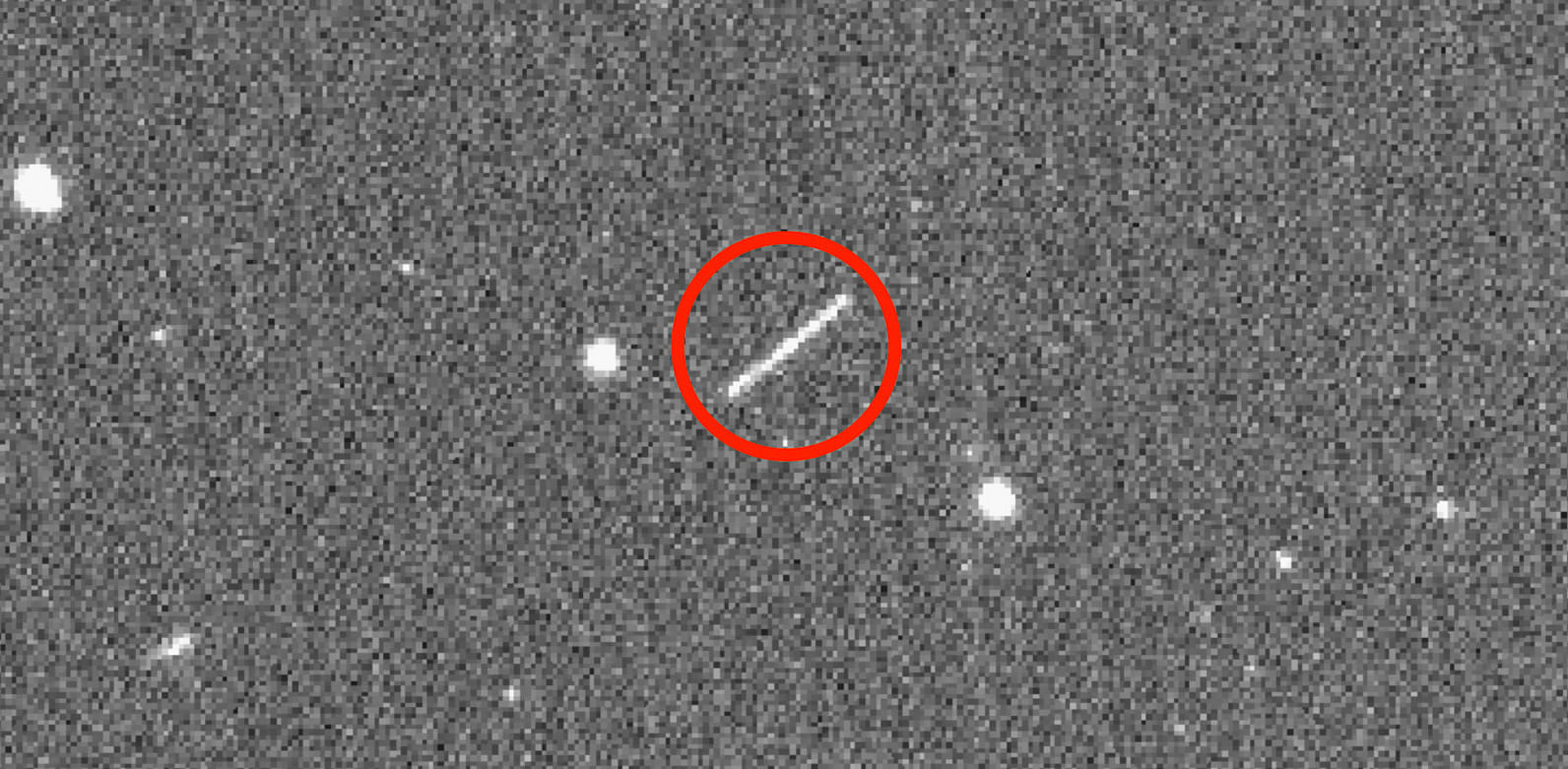
Two students of Indian Institute of Technology-Bombay have discovered an SUV-sized asteroid, that is known to be the closest asteroid to fly by Earth.
On 16 August, the SUV-sized asteroid soared just 2,950 km above the surface of Earth.
IIT Bombay students Kunal Deshmukh and Kritti Sharma, working on a research project, discovered this object just hours later using data from the robotic Zwicky Transient Facility (ZTF) in California.
Also Read | Small asteroid becomes closest ever seen passing Earth: NASA
Designated 2020 QG, it is the closest known asteroid to fly by Earth without impacting the planet, an IIT-Bombay press statement said.
The last known record-holder is asteroid 2011 CQ1, discovered by the Catalina Sky Survey in 2011, which passed above Earth about 1,550 miles (2,500 kilometers) higher than 2020 QG.
It was Kritti Sharma’s third day on a research project to find Near Earth Asteroids.
She and Kunal Deshmukh were analysing ZTF data on Sunday afternoon and reported five “streaks” in the data as potential asteroids. Little did they know that one of them was a record-breaking asteroid.
“The data looked like all other Near Earth Asteroids we have seen so far,” said Kunal, a final year student in the department of Metallurgy and Materials Science at IIT Bombay.
After the ZTF team reported their finding to the International Astronomical Union Minor Planet Center, several telescopes followed up to learn more about the asteroid's size and orbit, proving that it had passed very close to Earth.
Kritti was overjoyed: “Helping make a discovery like this, so early in my research project, is beyond what I had ever imagined!”, said the third-year undergraduate student of IIT Bombay’s Department of Mechanical Engineering.
Their advisor, Prof.Varun Bhalerao, said: “It is wonderful to see these students coming from diverse backgrounds and contributing to astrophysics research. We are very excited about our next phase: studying such objects with the robotic GROWTH-India Telescope at Hanle, Ladakh”.
Asteroid 2020 QG is about 10 to 20 feet (3 to 6 meters) across, or roughly the size of an SUV, so it was not big enough to do any damage even if it had been pointed at Earth; instead, it would have burned up in our planet's atmosphere.
"The asteroid flew close enough to Earth that Earth's gravity significantly changed its orbit," says ZTF co-investigator Tom Prince, the Ira S. Bowen Professor of Physics at Caltech and a senior research scientist at JPL, which Caltech manages for NASA.
Asteroids of this size that fly roughly as close to Earth as 2020 QG do occur about once a year or less, but many of them are never detected.
"ZTF's large-field of view and rapid data processing allows it to find rare asteroids like this that other telescopes might not find," says George Helou, ZTF co-investigator and director of IPAC, an astronomy center, at Caltech.
ZTF, which is funded by the National Science Foundation (NSF) and other collaborators, scans the entire northern sky every three nights in search of supernovas, erupting stars, and other objects that otherwise change or move in the sky.
As part of a NASA-funded program, ZTF team members search for near-Earth asteroids. When these space rocks speed across the sky, they leave streaks in the ZTF images. Each night, machine-learning programs automatically sort through about 100,000
images in search of these streaks, and then narrow down the best asteroid candidates to be followed up by humans. This results in about 1,000 images that team members and students sort through by eye every day.